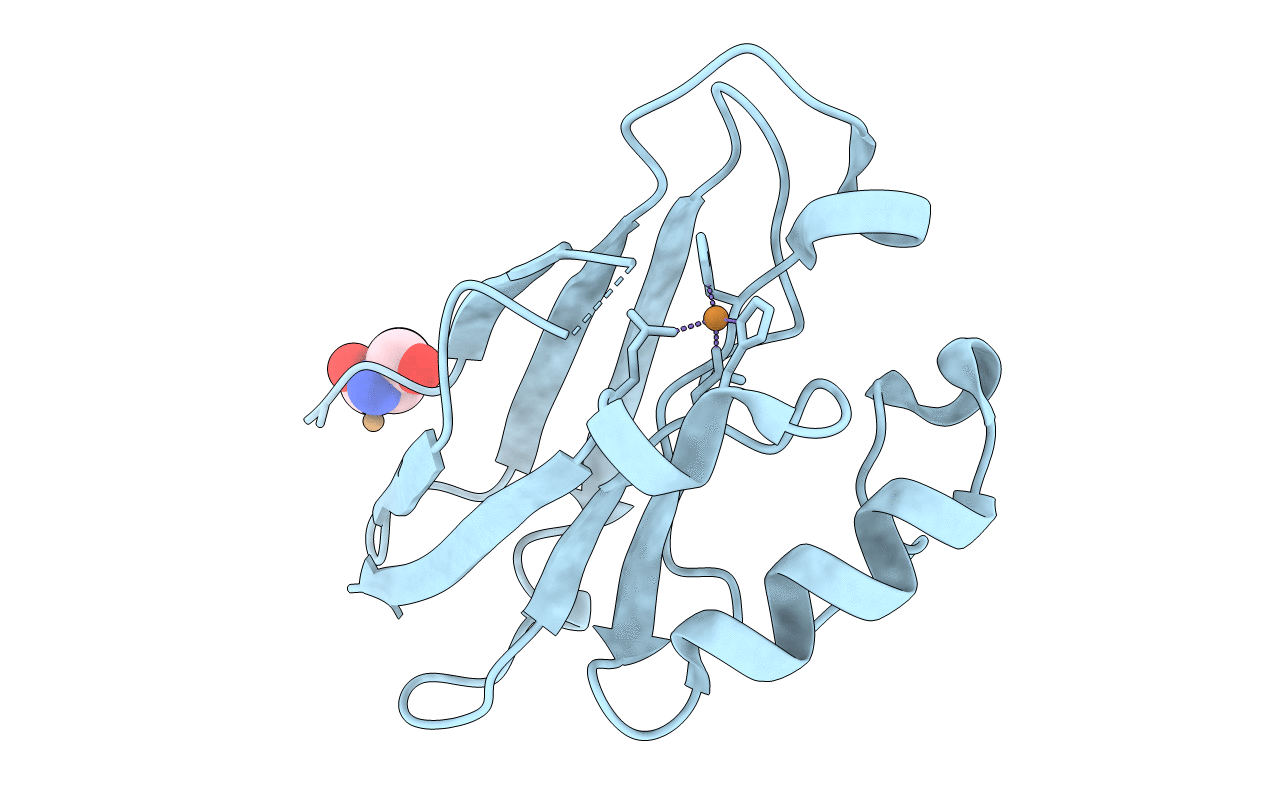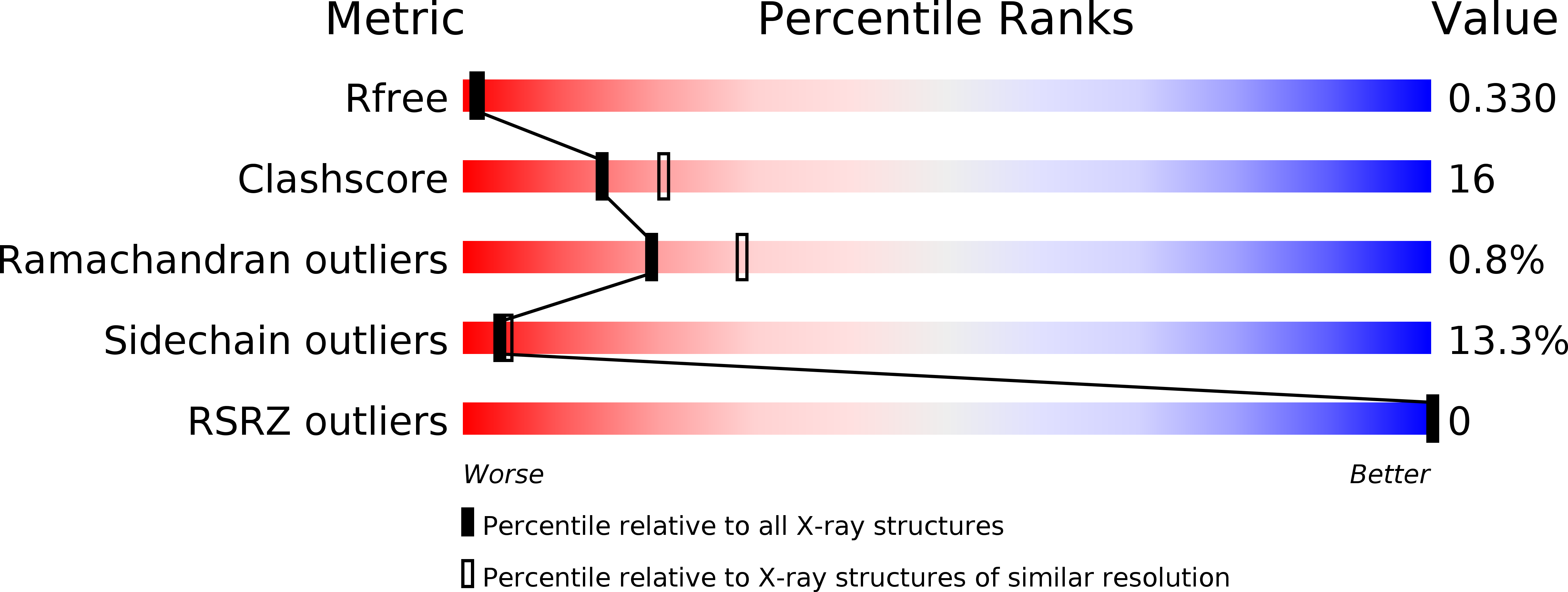
Deposition Date
2010-09-03
Release Date
2010-10-13
Last Version Date
2024-11-20
Entry Detail
Biological Source:
Source Organism:
Pseudomonas aeruginosa (Taxon ID: 287)
Host Organism:
Method Details:
Experimental Method:
Resolution:
2.40 Å
R-Value Free:
0.33
R-Value Work:
0.19
R-Value Observed:
0.20
Space Group:
C 2 2 21


